Here is a repost of a very popular Dog Bite Prevention Month post from 2011
To Pet or Not To Pet
Yesterday I wrote about the rules that we has humans (and especially children) need to follow when interacting with dogs to keep things as safe as possible. One of the rules is to Ask first, Ask twice; the second part of that is to make sure you ask the dog if he/she would like to be pet. The question then is, how can one tell if a dog would like to be pet, or would not like to be pet.
I want to first just throw out a few examples of body language that is often confused and misunderstood. When you see them beside one another it helps in being able to see the subtle differences.
There are many many people who would say that when a dog rolls on his back/side and shows his belly that he is being friendly and wants a belly rub. Unfortunately, there are many other people who can tell you that when they pet a dog who was showing his belly that they were ultimately bitten. Let’s take a look at these two photos for a moment….
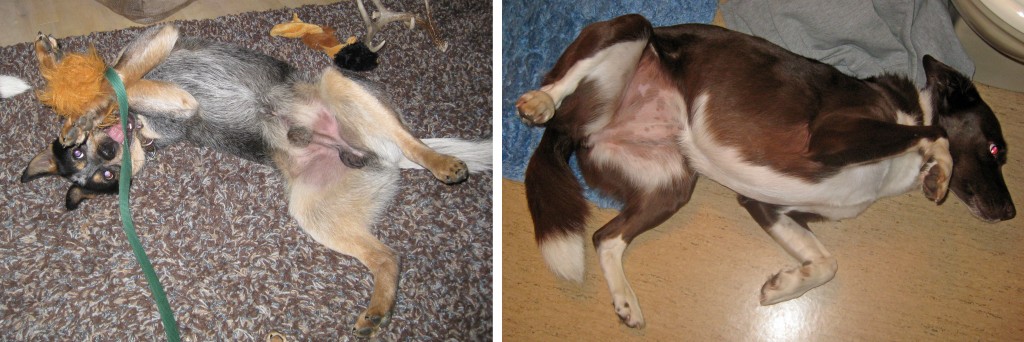
Which dog do you think wants a belly rub?
Dexter, on the left, has bright eyes, relaxed face, relaxed mouth, upright ears, relaxed tail, and looks like his body is pretty loose.
Shayne, on the right, has a tightly closed mouth, a slight whale eye, dilated pupils, her ears are pinned back,tail is slightly tucked, and she’s completely looking away from me.
Of these two dogs, Shayne’s body language says that she is much more likely to bite someone. In her photo, Shayne is really saying “please no, I do not want, just leave me alone.” If someone were to pet a dog who looks like Shayne, there is a reasonable chance that the person would get bitten.
Now, I know I’ve spoken about a submissive grin when I wrote about Denver the Guilty Dog. So what is the difference between a submissive grin and an aggressive tooth display. Just so happens a friend, Crystal has a great picture of her dog Sally to compare.
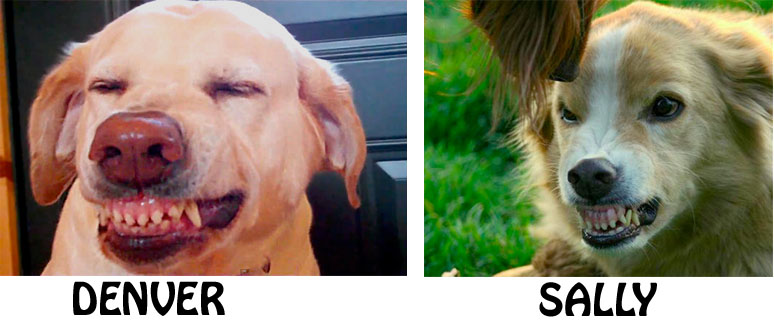
Which dog is more likely going to bite?
Denver is showing a full display of teeth, commissures (corners of mouth) pulled back a little, whiskers look like they are aren’t pushed all the way forward, soft eyes, avoiding eye contact (looking away from person), and ears pulled back.
Sally is showing a full display of teeth, commissures pulled in forward, whiskers very forward, hard eyes, furrowed brow, very forward posture, and a very strong stare at Toby (the other dog).
Of these two dogs, Denver is giving a submissive grin and Sally is giving a very toothy warning to Toby who apparently licked her as she had a toy. Denver’s body language is very defensive “oh please don’t hurt me, I don’t mean any harm” and Sally’s body language is saying “lick me again and I’m going to rip your face off” (only she’s all threat no follow through).
With such subtle differences, it’s important to be picky about what dogs you start petting, if you are at all unsure what the dog is trying to say, DO NOT PET.
I want to show some examples of “pet me!” [or I am open to potentially being pet] vs “Do not want pet!”
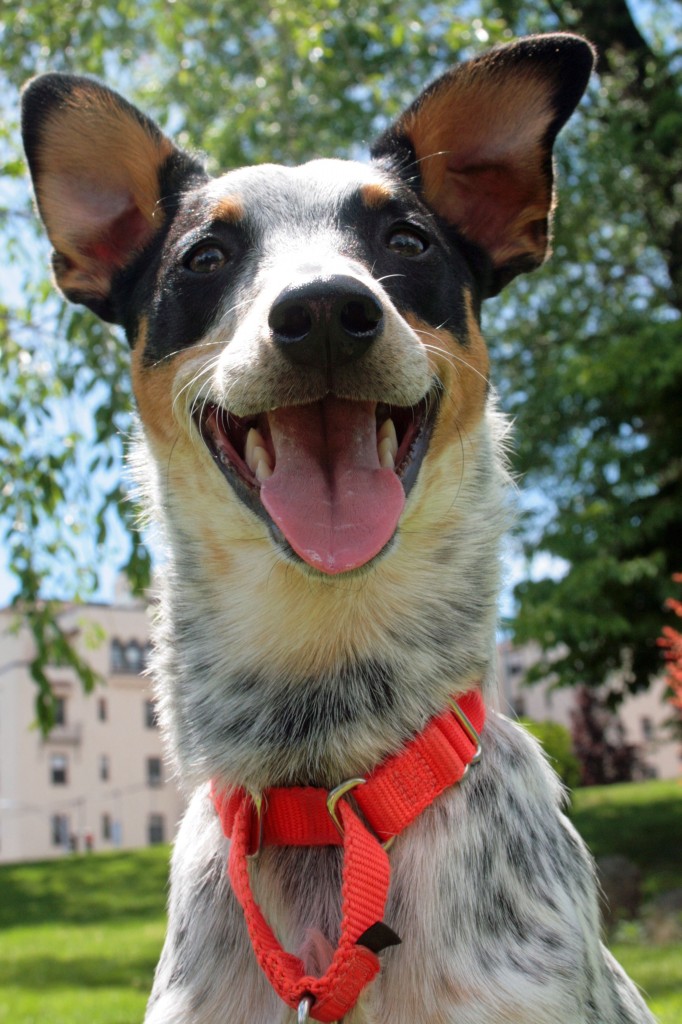
PET ME!
Rio is sitting (not that you can see that part), he has a very relaxed face, ears are up but not super forward, eyes are soft, mouth is open and smiley, not panting, and is interested but not crazy focused on the person approaching (ie me with the camera).
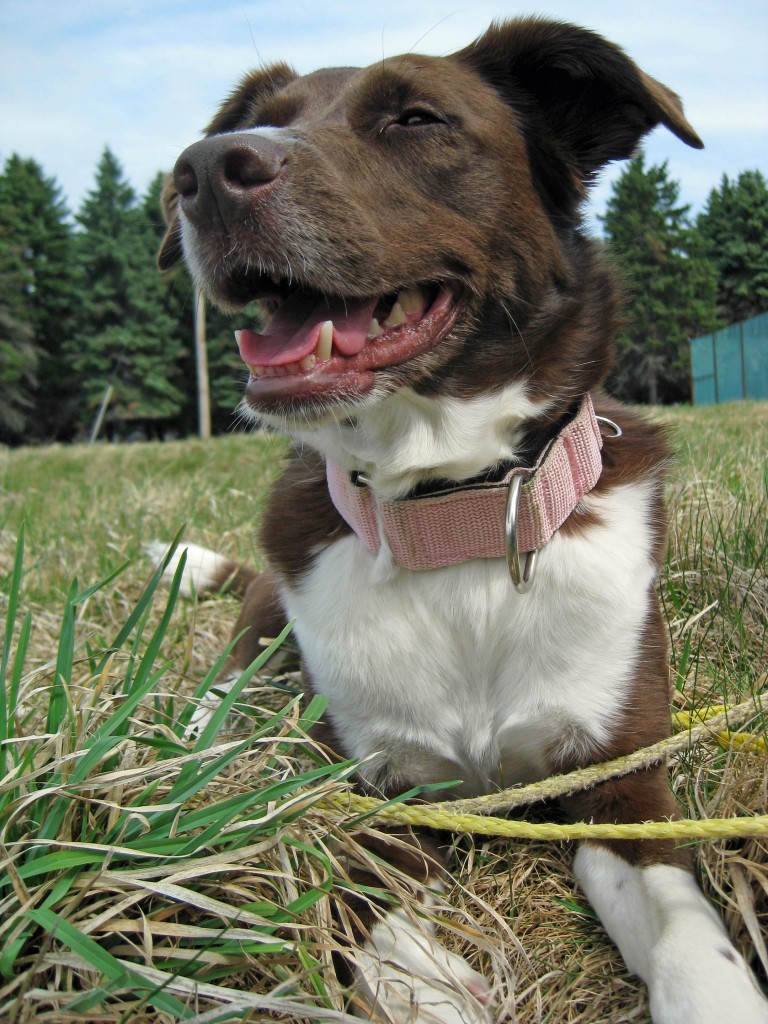
PET ME!
Shayne is laying down, with very soft almond shaped eyes, ears forward but not intensely forward, relaxed facial expression, slightly open jaw, with no panting.
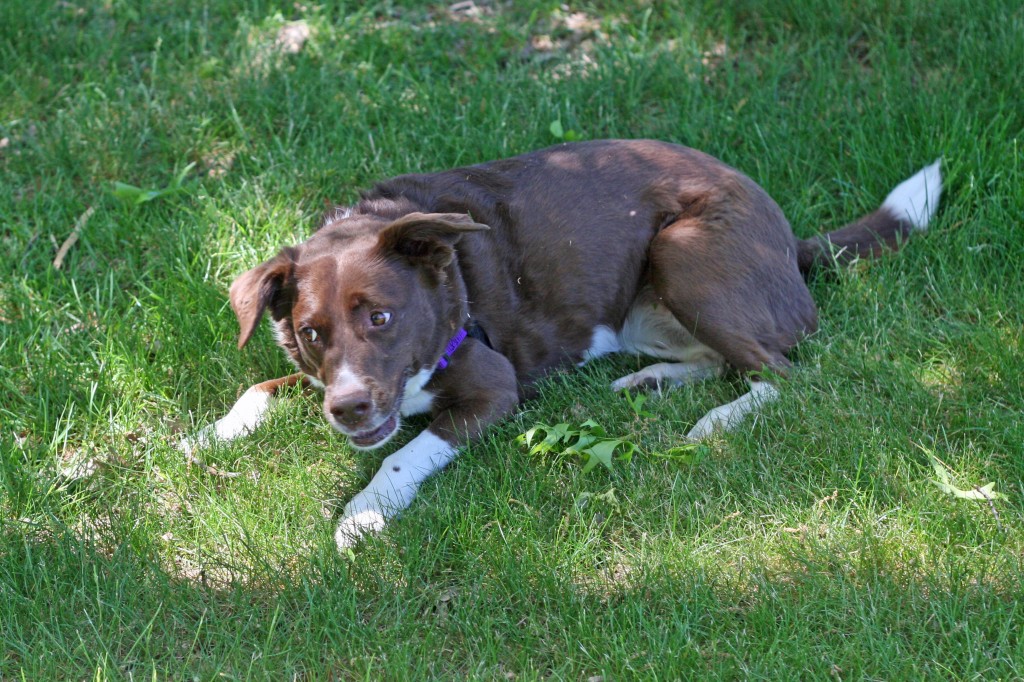
Do not want pet!
Shayne really does not want to be pet. She is giving a very prominent whale-eye (the whites of her eyes showing), she’s looking away from the camera, her whiskers are pushed forward, her commissures (corners of her mouth) look like they are slightly pushed forward, and she has a furrowed brow. She’s not asking to be pet

Do not want pet!
Risa here has a tight jaw, is licking her lips, is giving a moderately hard stare to Rio (who is causing her discomfort), ears middle of the road pulled back (for her), with a moderately tense face, and forward whiskers.

Pet Me!
Luke is sitting, relaxed brow, ears neutral, relaxed sit on one hip, interest but not staring at oncoming person, relaxed jaw and soft eyes (for a BC)–slight panting was related to the weather
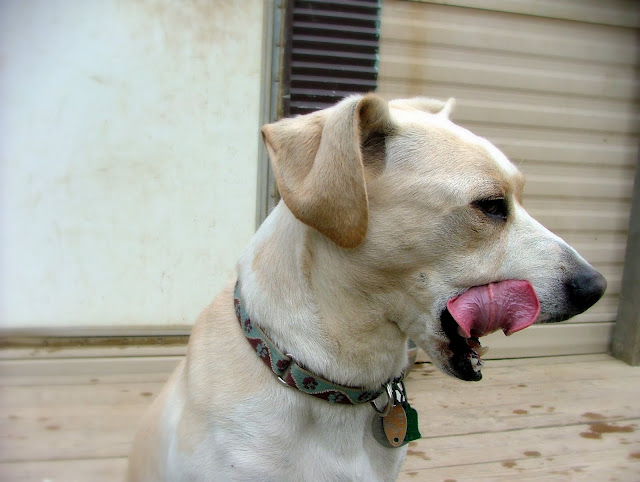
Do not want pet!
Murphy is turning away from the oncoming person, avoiding eye contact, and is licking his lips (and possibly about to yawn).
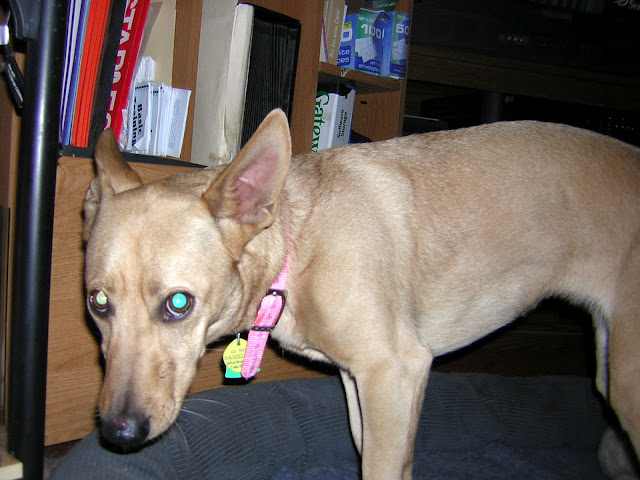
Do not want pet!
Baby Girl has a low hung head, is showing a whale eye, her eyes are dilated (may be because of dark room), ears back and to the side, her back is sort of arched, and her weight looks like it is backwards ready to run.
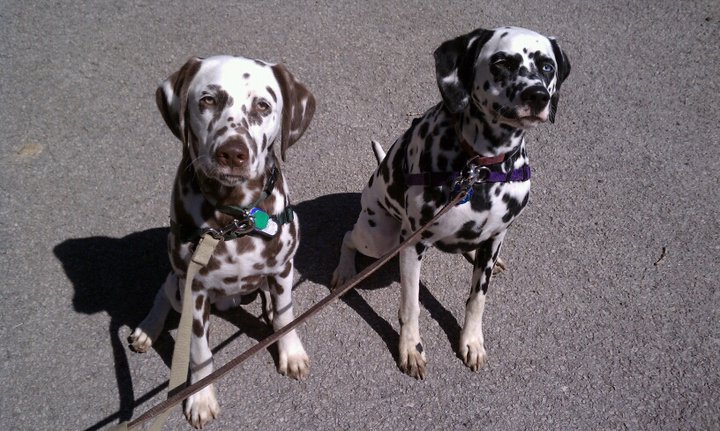
PET US!
Delta and Doc are sitting, soft eyes, neutral ears, closed but relaxed jaws, relaxed facial muscles, looking (not staring) at the oncoming person, both are in a solid sit–not leaning forward like they want to advance or backward like they want to flee.
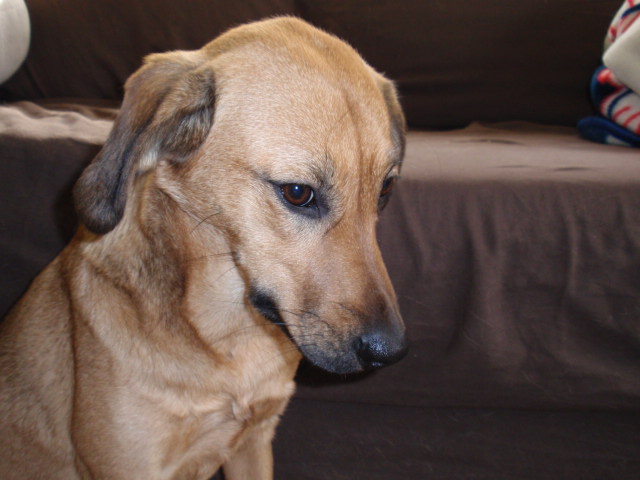
Do not want pet!
Leila has a tightly closed jaw, is showing a slight whale eye, her head is low, she is avoiding eye contact, and her ears are back–she doesn’t want pet.
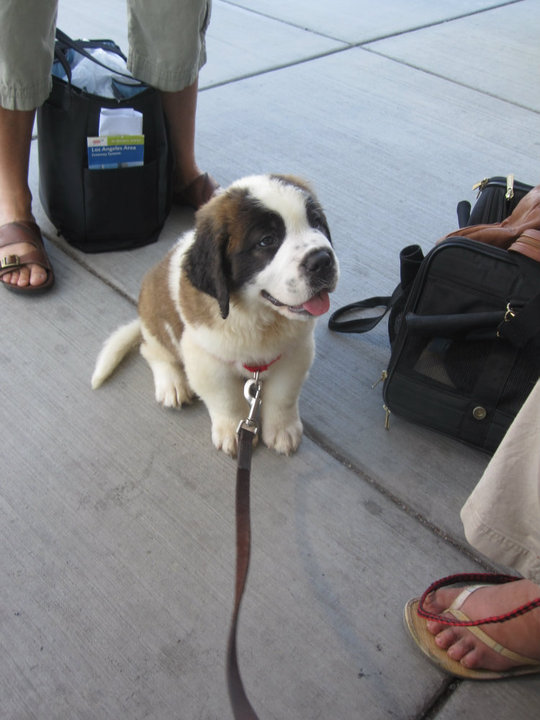
Pet me!!!! (who could resist this cute face?!)
Cuba is sitting calmly, is very interested in the person who is in front of him but is not straining to get to the person, he has very soft eyes, relaxed face, slightly open and relaxed mouth, ears are HUGE–eh i mean, they are neutral in position.
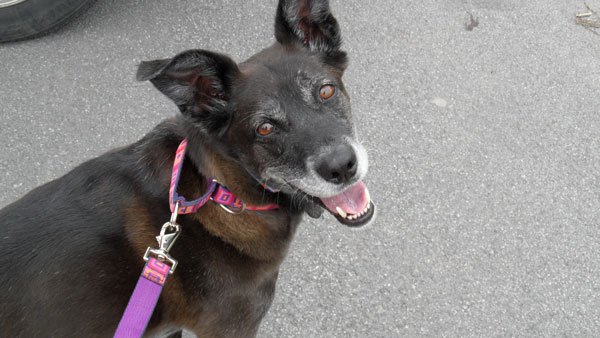
Pet Me!
Risa has perked up (but not intense) ears, soft eyes, relaxed face, is looking toward the person with interest, and an open and relaxed mouth (no panting)

Great post and great images that really tell the true story of what’s going on inside a dogs head. Most dog bites that I’ve worked with are in fact the person’s fault for not recognizing the signs and understanding the clear message the dogs was telling them.
Thanks for this.
Thank you. Not being able to read dog language is definitely a big contributor to lots of dog-bite incidents. People dont’ know the subtle ways that dog say no so the dog will escalate. Glad you enjoyed the blog!
It’s “wall eye” not whale eye
Hi Chris, when talking about the whites of a dog’s eye showing, it is actually called a “whale eye.” Thanks for the comment 🙂
Thank you for this post..best ever, with pictures that are excellent
and info timely and relevant.
Thank you! I’m glad that you found it helpful!
Hello, I’ve shared your article on my twitter page. Think it gives a good insight into dog body language and facial expressions.
At the top you’ve got ‘we has humans’ should it be as humans? (not being picky just thought you would want to know) 🙂
Hi Sarah, I’m glad you liked it and thank you for sharing it! Thanks for letting me know about the type-o…I have a general rule with my blogs, I proof read through once after finishing writing (normally around 2am LOL) but then I let it go. I’m a bit of a perfectionist when it comes to writing and it would take me days of proofing/re-writing to make it up to par for me and that’s just too much LOL! So, I give myself one read through to catch big issues and then I let it go 🙂 But thanks for letting me know 🙂
Thanks for this post – good information. Glad I was able to get each of the examples right – learning to read a dogs behavior is critical and hope more people become more educated.
Learning body language really is so important and is a skill that will hopefully prevent people from getting bitten!
Great article, love the pictures, very clear and easy to see! Thanks!
I had a German Pinscher that grinned (really common with that breed). it took a while to get used to!!
Thank you! If you aren’t familiar with the ‘smile’ it can be very concerning seeing a dog grin like that!
People still tend to blame the dog if they get attacked. But, if you imagine that you are colour blind (which dogs actually are)and if someone that in many cases would be bigger than you and not to mention a completely different species started doing things to you that you weren’t comfortable with like patting you on the head, even if you keep saying no in your own language? When they try to attack, they are acting out in self defence, so it’s not their fault. We should all try to see things from their perspective.
Great article. Thanks, especially for the excellent illustrations, which are, strangely, often missing from discussions of body language.
I am wondering if one way to tell the difference between a submissive grin and a snarl is that a submissive grin either has the teeth far apart or tightly together, like Denver’s. It seems that the slight separation of the front teeth as shown by Sally creates a distinct sense of menace. Even when I imitate the postures myself, opening my teeth slightly makes me feel like “I’m about to bite.”
Obviously, that’s a subtle distinction, and I think the eyes, ears, commissures, and overall posture are better indicators, but I wonder what you think.